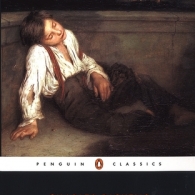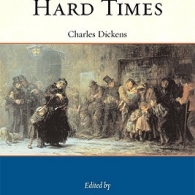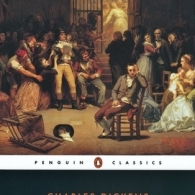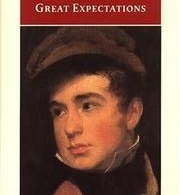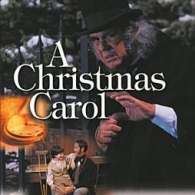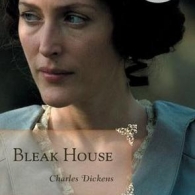Without doubt Charles Dickens (February 7, 1812 – June 9, 1870) was a literary phenomenon of his time. His unique writing style, astute observation of the societal hypocrisy, and a brilliant satire have made his novels world classics. He created such memorable characters as Ebenezer Scrooge, Pip, or Miss Havisham that have become iconic. Born in Portsmouth, England, Dickens was the second child in the family of eight. His father, John Dickens, had a profitable position of a naval clerk and their family moved a lot. Everything changed for the worse after John wasted all their savings and the money that didn’t belong to him.
He was sent to the debtors’ prison until being able to pay back his debts. This was a common practice at that time which also meant that their family had to stay in that prison. A strangled financial situation left the boy no choice except leaving school at the age of 12. He had to work on a factory to support his family. Harsh working conditions, ten-hour shifts, and a penny-ante salary made him advocate for children’s rights, free education, and social reforms after gaining popularity. He was the first Victorian novelist to create a child protagonist, Oliver Twist, in his novel of the same name.
Before becoming a full-time writer, Dickens changed several jobs including work in an attorney office as a junior clerk and a political journalist. In 1833 he created his first short story, A Dinner at Poplar Walk, in the London periodical Monthly Magazine. This marked the beginning of a highly successful collection of short stories called Sketches by “Boz” issued between 1833 and 1836. The pseudonym he used starting his literary path, “Boz”, was the childhood nickname invented by his relatives. Favorable reviews encouraged Dickens to publish his first novel, The Pickwick Papers, in 1836 which was published as a magazine serial every month.
Most of his works were issued in the form of magazine series published weekly or monthly. This was a predominant literary tradition during the Victorian times used to heat up the readers’ interest. Dickens had an opportunity to alter passages that got negative feedback or make changes if something seemed wrong. Dickens’ career was so prosperous that within just a few years, writer’s name became a synonym of a witty and interesting story. All in all, his legacy consists of more than 10 novels, 5 novellas, numerous short stories, and a fair number of non-fiction articles. And every new novel he wrote immediately became a bestseller. In 1843 he issued a holiday novella which became classics – A Christmas Carol. This is a story about the miracle of Christmas which turns an old miser into a generous man.
His next novels – Dombey and Son, David Copperfield, Great Expectations, and A Tale of Two Cities – only strengthened writer’s position in the literary world. With an intention to expand his outlook, Dickens visited the USA and Canada, an experience he described in his non-fiction book American Notes for General Circulation. The writer had an ambivalent attitude towards the New World condemning the slavery and injustice he had witnessed. In 1850 he had published his most autobiographical novel, David Copperfield with a title character being portrayed from the writer himself.
In his later years, Dickens became interested in theatrical performance. Together with another English novelist, Wilkie Collins, he wrote his first play, The Frozen Deep, in 1857. At that time Dickens was 45 years old and had 10 children from his spouse Catherine with whom they were married for approximately 20 years. This didn’t stop him from doing the unimaginable – Dickens divorced his wife after he met an 18-year-old theatre actress. The couple stayed together till write’s death in 1870. Dickens started his last novel The Mystery of Edwin Drood the same year but it was never finished.

